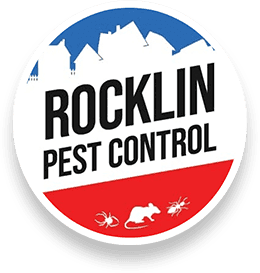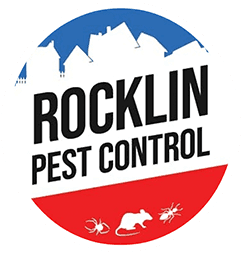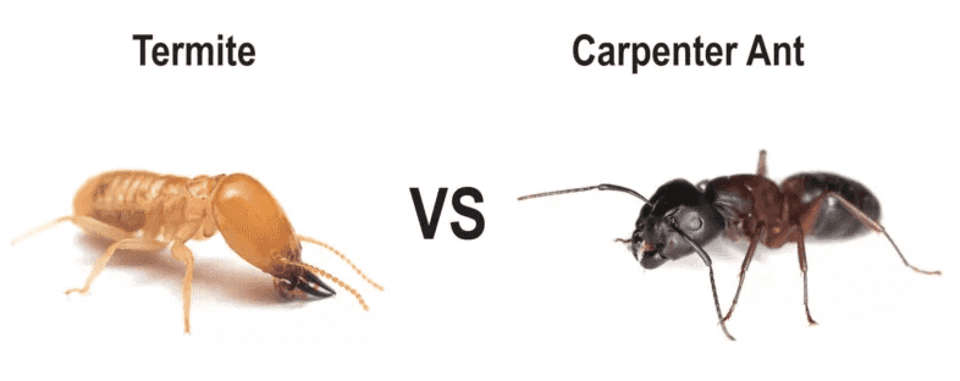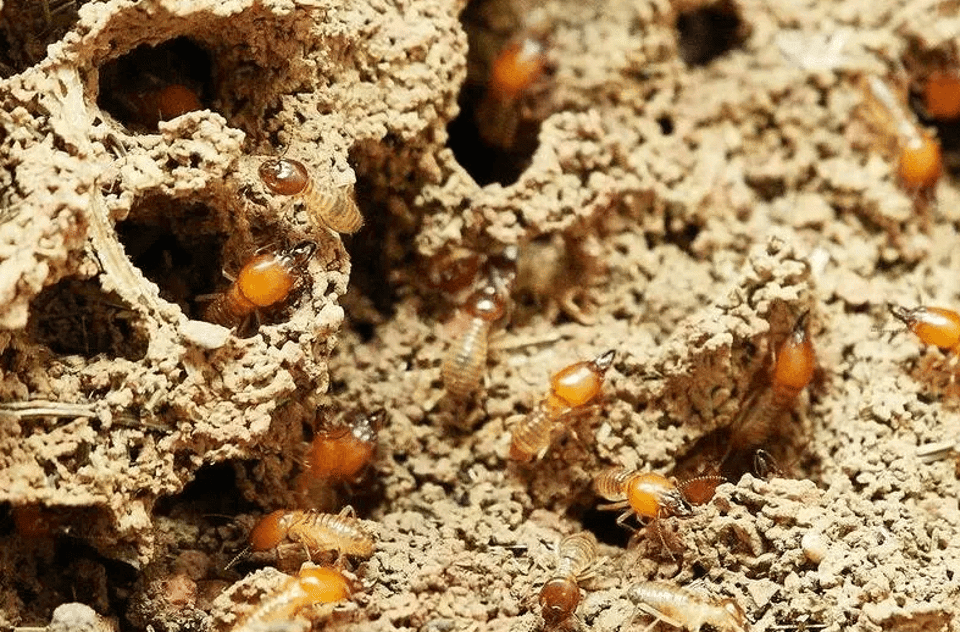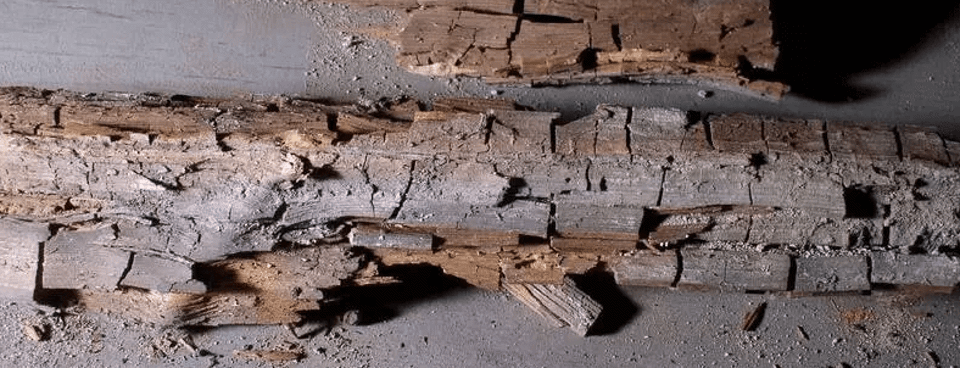Termites are little critters that hide behind your walls, under your flooring, up your roof, and sometimes they even share your bed, your sofa, and your kitchen. Oftentimes, they are mistaken as ants, maggots, or worms. So, to make sure that you are looking at a termite, here are some of the quick truths about these pests. These small creatures can be the cause of a lot of bad things happening – from a decline in your health and important resources like your home. Thus, we’ve listed down some facts you should know about termites and how it is best to get rid of them:
TERMITE ID
While other people think that termites are from the family of ants, wasps, or bees; they are actually cousins of the notorious cockroaches. They belong to the epifamily of Termitoidae within the brackets of cockroach order Blattodea. In the earlier years, these ant-like creatures were classified in a separate order from cockroaches, but newer studies, phylogenetic studies, concluded that they evolved from close ancestors of cockroaches during the Jurassic or Triassic. Researchers believed that the first termites emerged during the Permian or even the Carboniferous era. To date, there are about 3,106 species currently described as termites or with qualities of termite-like behavior or physical identification. There are few hundred more termites species left to be described. Although these resemble “white ants”, they are not from the family of ants. They are shorter than a centimeter, only a few millimeters long, and one millimeter wide. They have wings on the hinds that they use in search of food and new home. If you are still unsure if what you see at home is a termite, we can help you identify the pest for better treatment here are Rocklin Pest Control.
HABITAT
Termites like to thrive on secluded dark areas; usually undisturbed corners of your home like the little space between your attic and your roof or the gap between your garden and the fence. But how do termites decide whether your place is a good area to nest? When a colony has reached full maturation stage, termites go on flights in search of new places to nest. Flights would take two termites, a fertile female, and a male. Termites are winged insects but they cannot fly very high and cannot reach too far. They often use the wind to reach places when hunting for their next breeding ground. Once the pair has landed, they will survey the area if it is dark enough, dry enough, and have possible source of food for the new colony. If all the boxes have been checked, the female termite will burrow itself in the new nesting area. After the burrowing, the termites will start mating to expand the population of the colony which will eventually form the society of workers, soldiers, and fertile kings and queens. That is why an effective fumigation technique is key to arrest all possible termite infestation in your homes. We, at Rocklin Pest Control, pride ourselves for a quality termite protection job that we deliver to all our clients.
FOOD
Termites primarily feed on cellulose. This mineral is mostly found on a decaying part of wood. However, it is also present on old damaged paper, in between pages of books, and even your home insulation. Some people think that only dry places attract the termites, but no, even swimming pool liners and filtration systems has cellulose that makes it a termite magnet. Termites are important species of the ecosystem because they are among the best decomposers in the planet. All termite species feed on detritus or dead plants and trees as well as dead parts of living trees. Regrettably, all homes, regardless of their construction type (even steel made houses) can provide cellulose food for termite infestation. House foundations, furniture, and shelves are not safe from these mini monsters. Termites can harm living trees and shrubs, but are more often a secondary invader of woody plants already in decline.
If you are worrying about your house now, or unsure if you are experiencing a termite infestation, give us a call at (916) 884-6114 or contact us because there are still ways to save your house from the harmful activities of termites.
Related page: Comprehensive Inspections and Solutions for Termite and Dry Rot
